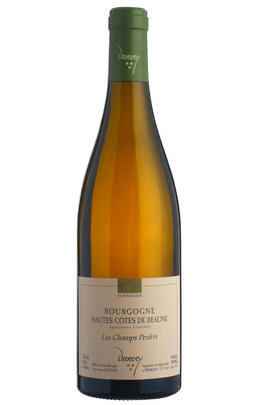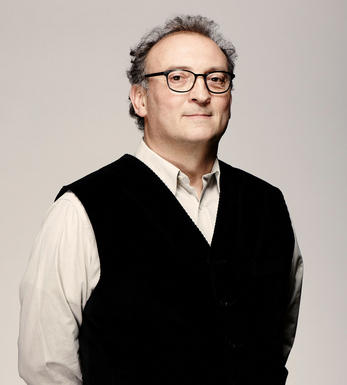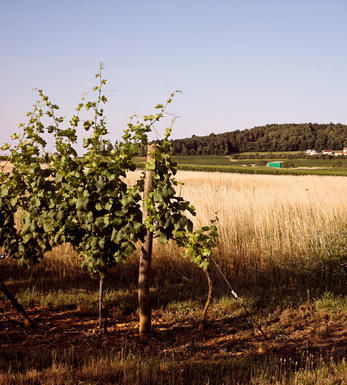
2017 Bourgogne Hautes Côtes de Beaune, Champs Perdrix, Jean-Yves Devevey

About this WINE

Jean-Yves Devevey
You wouldn’t know it from his laid-back manner, but Jean-Yves Devevey is a busy man. Built from scratch, his domaine today amounts to eight hectares of vines.
His holdings can be described as “diminutive but demanding”, especially when one considers his exacting standards, including organic farming.
A popular figure among his fellow Burgundian winemakers, Jean-Yves is also something of a maverick, who has been flying the flag for low-sulphur wines since 2010. Moreover, he’s the only Burgundian we work with to have planted Savagnin – sadly, the wine is not for sale.

Bourgogne Hautes-Côtes de Beaune
Hautes-Côtes de Beaune in Burgundy is located on the slopes and plateaus above the Côte de Beaune, one of the world's most renowned wine-producing areas, stretching along the hills and valleys.
The climate is characterised by its semi-continental nature, with cool winters, warm summers, and moderate rainfall. This region's terroir (the combination of soil, climate, and geography) significantly influences the character of the wines produced here.
Pinot Noir and Chardonnay are predominantly cultivated like the rest of Burgundy. These two grape varieties thrive in the region's soil and climate, producing exceptional wines with unique characteristics. Red wines made from Pinot Noir in Hautes-Côtes de Beaune often display elegant fruit flavours, delicate tannins, and a notable expression of terroir. On the other hand, white wines crafted from Chardonnay showcase crisp acidity, minerality, and a rich, floral bouquet.
While the Hautes-Côtes de Beaune might not be as famous as some of the more prestigious appellations within Burgundy, it is an exciting and promising region, producing distinct, elegant wines that reflect its unique terroir.

Chardonnay
Chardonnay is often seen as the king of white wine grapes and one of the most widely planted in the world It is suited to a wide variety of soils, though it excels in soils with a high limestone content as found in Champagne, Chablis, and the Côte D`Or.
Burgundy is Chardonnay's spiritual home and the best White Burgundies are dry, rich, honeyed wines with marvellous poise, elegance and balance. They are unquestionably the finest dry white wines in the world. Chardonnay plays a crucial role in the Champagne blend, providing structure and finesse, and is the sole grape in Blanc de Blancs.
It is quantitatively important in California and Australia, is widely planted in Chile and South Africa, and is the second most widely planted grape in New Zealand. In warm climates Chardonnay has a tendency to develop very high sugar levels during the final stages of ripening and this can occur at the expense of acidity. Late picking is a common problem and can result in blowsy and flabby wines that lack structure and definition.
Recently in the New World, we have seen a move towards more elegant, better- balanced and less oak-driven Chardonnays, and this is to be welcomed.


Buying options
Add to wishlist
Description
Jean-Yves has just under two hectares in the hills around Nantoux. Initially the style is as you would expect: fresh, linear and assertive. Slowly, however, the openness of the vintage becomes evident with a pleasing buttery texture, still supported by a lemony freshness. Drink 2020-2024.
It was a - normal - harvest here this year which, in Jean-Yves's world, is still a relatively paltry 30hl/ha, due to his scrupulous organic and biodynamic vineyard management. Jean-Yves is increasingly interested in the role and importance of sulphur dioxide in a wine's evolution. He found that a trial bottling made without SO2 had little expression of the vineyard, yet he finds that adding SO2 too early in the winemaking process makes the wines more fragile and prone to oxidation. A fine range from a reflective winemaker.
wine at a glance
Delivery and quality guarantee